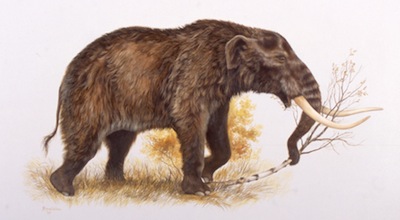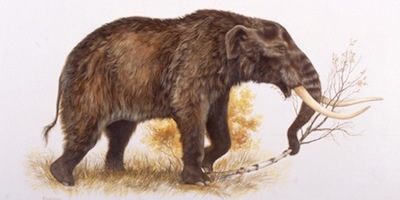
A re-examination of mastodon fossils from Alaska and the Yukon suggests that the beasts died out in the area around much longer ago than previously thought and long before humans arrived. (Image credit: George “Rinaldino” Teichmann)
A re-examination of mastodon fossils from Alaska and the Yukon indicates that they are much older than previously thought. Previous studies dated the fossils to the last ice age, about 18,000 years ago. However, at that time the area was largely grassland, and mastodons were forest-dwelling animals.
The new study used modern radiocarbon dating methods that are less prone to contamination and found that the fossils date back more than 50,000 years, the limit of radiocarbon dating.
The authors propose that the mastodons migrated to Alaska and the Yukon during the last interglacial warm period, around 125,000 years ago, when forests covered the north. They further propose that the animals became locally extinct when the climate became cooler again, long before humans arrived.
Original research paper published in PNAS on December 1, 2014.
Names and affiliations of selected authors

